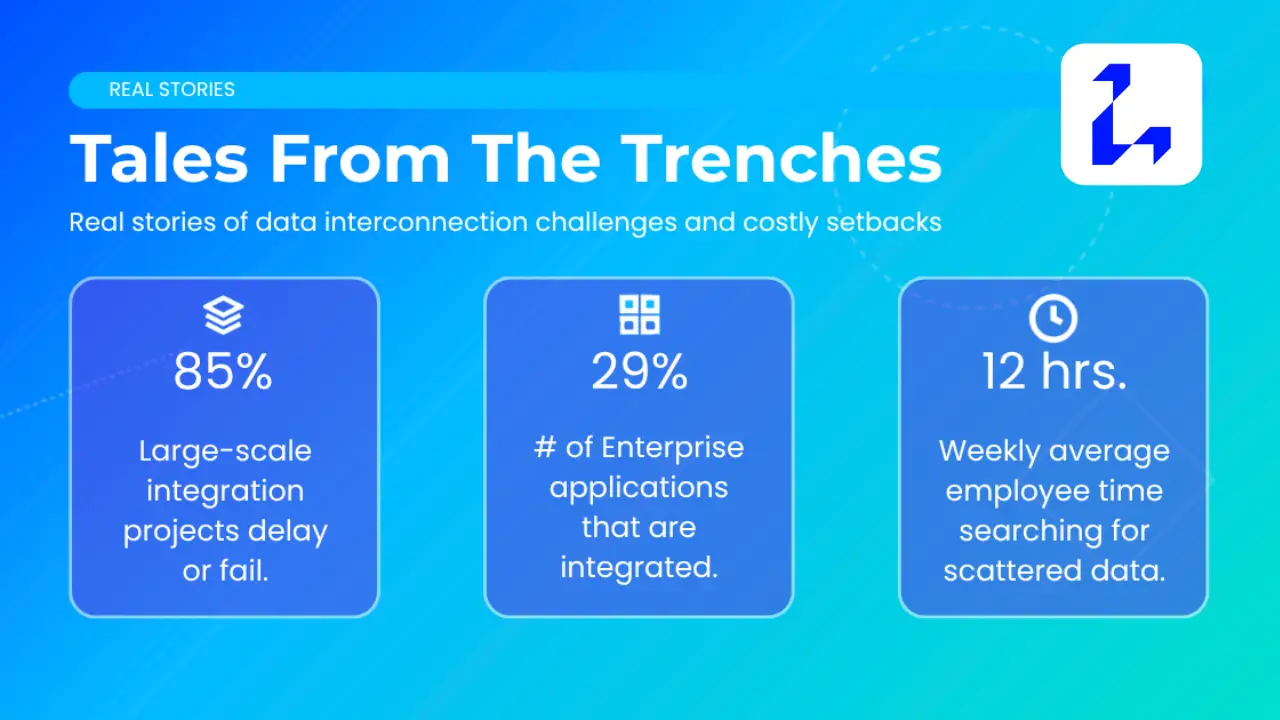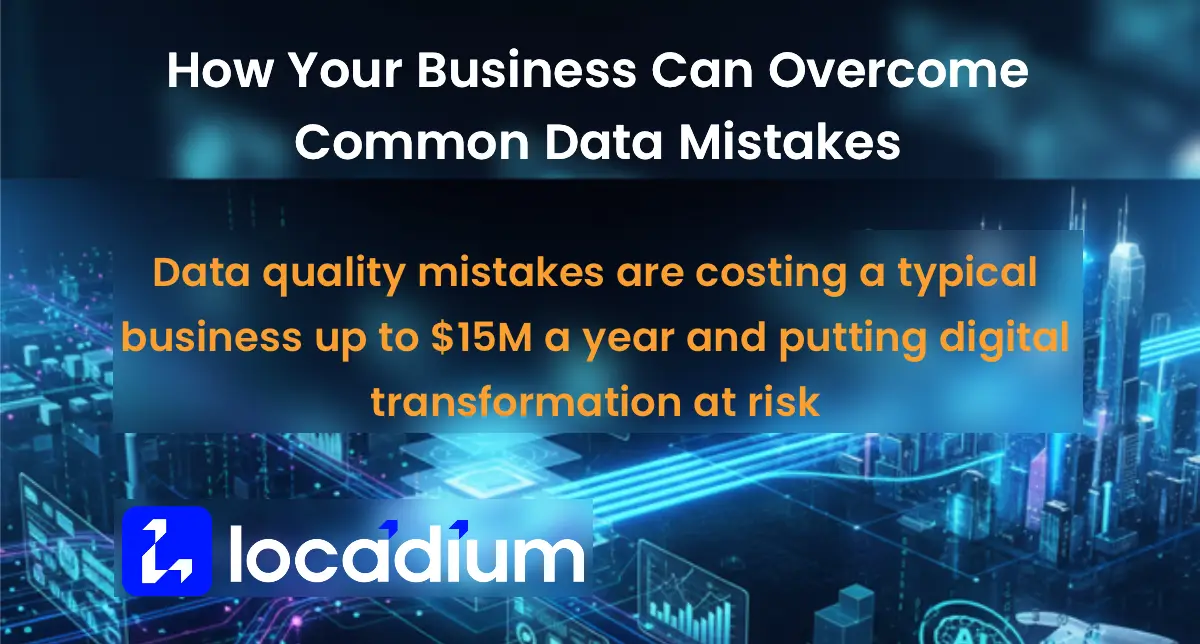Artificial intelligence is reshaping industries faster than most organizations can adapt. Everywhere you look, boards are accelerating AI investments, executives are drafting transformation strategies, and teams are racing to deploy pilots.
But in the rush to “go AI,” a critical truth is often overlooked: intelligent systems are only as good as the data beneath them. Without robust data foundations, even the most advanced AI initiatives become expensive proof-of-concepts that never deliver enterprise value. What feels like acceleration can quickly become misdirection.
This isn’t a technology problem. It’s an architectural one. And it’s emerging as one of the most important board-level issues of the decade.
🚧 The Illusion of Acceleration
A pattern is appearing across industries: organizations mistake activity for progress. They are adopting AI tools, provisioning data lakes, automating pipelines, and onboarding new analytics platforms.
Yet underneath the surface, fundamental questions remain unanswered:
- What data do we actually have?
- Who owns it?
- How reliable is it?
- Can our teams trust the numbers enough to automate decisions?
When these answers are unclear, companies unknowingly build on unstable ground. The organization moves fast — but in competing directions. Teams innovate in isolated pockets, producing impressive demos and promising pilots that ultimately fail to scale across the enterprise.
A common indicator surfaces early: AI pilots work great in controlled environments but fall apart once they encounter real-world complexity.
A real example from the field
A global energy company recently fast-tracked a generative AI initiative for asset maintenance. The model ingested millions of equipment logs and maintenance notes from across the world with the goal of detecting early indicators of failure.
The pilot looked promising — until the model was tested across multiple regions. Suddenly, accuracy plummeted. Predictions became inconsistent. Anomalies were missed.
The culprit wasn’t the model. It was the data.
More than 40% of the training data came from inconsistent sensor formats across different geographies. Labels differed. Timestamp conventions varied. Units weren’t standardized. The model was effectively learning from multiple incompatible realities.
Their “AI failure” was not a failure of intelligence.
It was a failure of foundations.
This story repeats across industries: financial services, healthcare, retail, mining, logistics, and beyond. Organizations blame the algorithm — when the real issue is the quality, clarity, and lineage of their data.
🧩 What Strong Data Foundations Really Mean
Many executives equate a “data foundation” with technology: cloud platforms, ETL tools, or modern data stacks. But the truth is simpler — and far more strategic.
A true data foundation is an ecosystem, not a platform. It is the combination of trust, traceability, context, and connection that allows AI to operate with confidence and speed.
At Locadium, we define three essential layers:
1. Data Confidence
This is the layer that ensures your information is clean, standardized, complete, and validated. When executives make decisions, they know the numbers are accurate. When models train on data, they learn from truth, not noise.
Data confidence eliminates the organizational tax of double-checking, reconciling, and manually correcting datasets. It unlocks automation because your systems no longer need humans to babysit the data.
2. Data Clarity
This is where governance lives — not the bureaucratic version, but the strategic version. Data clarity answers questions like:
- Who owns this data?
- How should it be used?
- What rules and definitions apply?
- Where does it live, and how does it move?
Clear governance isn’t paperwork. It’s alignment. It’s how teams speak the same language. It’s how AI systems maintain traceability and interpret data correctly across departments.
3. Data Capability
This is where the business and analytics functions truly integrate. A strong foundation ensures insights move at the speed of strategy. It empowers:
- Domain experts to shape analytics use cases
- Technical teams to build with context
- AI systems to capture, encode, and operationalize business knowledge
- Continuous improvement through feedback loops
When these layers align, AI initiatives stop being experiments and start becoming embedded decision-partners across the organization.
⚙️ Data as Infrastructure, Not Initiative
Boardrooms often classify data modernization as a project — a line item under digital transformation. But in organizations where AI delivers consistent value, data is not a project.
It is infrastructure.
And like any infrastructure — roads, power, cloud networks — data requires:
- Governance
- Maintenance
- Upgrades
- Continuous expansion
- Lifecycle management
Companies that treat data as infrastructure develop a level of resilience that project-based organisations simply cannot match. They can adopt new AI systems, emerging technologies, and automation capabilities without disrupting trust in the ecosystem.
This shift in mindset has a profound effect on strategic decision-making. The question changes from:
“How do we implement AI?”
to
“How do we build the data environment that allows AI to thrive continuously?”
Organizations that make this shift move from episodic innovation to structural innovation — the kind that compounds over time.
🌍 The Convergence Era: Where Data Unifies Everything
Industries are entering what we call the Convergence Era — a period where AI, sustainability, robotics, and automation increasingly rely on unified data architectures.
Three forces are colliding:
1. Sustainability & Climate Tech
Decarbonization, energy optimization, and climate risk modelling demand data interoperability. Renewable grids depend on real-time signals across generation, storage, demand, and weather systems. Without unified data, optimization fails — and so does investment.
2. Robotics & Automation
Whether in manufacturing, mining, or logistics, robotics requires stable data contracts, sensor harmonization, and precise calibration. Fragmented or poorly governed data introduces unpredictability into automated workflows.
3. Artificial Intelligence & Machine Learning
AI amplifies whatever your data provides. If your data is:
- Fragmented
- Duplicated
- Incomplete
- Unclear
- Untrusted
…your AI will be as well.
In this Convergence Era, the winners will be the organizations that build data unification capabilities first, because every other innovation depends on it.
🧭 Building Toward Data Confidence: What Executives Can Do Now
While the long-term vision involves enterprise-wide data transformation, leaders can take three immediate, high-impact steps.
1. Assess Your Data Ecosystem — Not Just Your Tools
Many assessments focus on systems and infrastructure. Begin instead with understanding:
- What data you actually have
- Its current level of trust
- Its owners
- Its lineage and accessibility
- Its alignment to business priorities
This inventory creates clarity. It reveals risks, redundancies, and gaps. Most importantly, it uncovers quick wins where AI can succeed today.
2. Invest in Governance as a Business Discipline
Governance is often misunderstood as compliance or technical documentation. In reality, it is the operating system for data.
Strong governance enables:
- Faster decision-making
- Reliable automation
- Cross-functional alignment
- Clear ownership
- Higher data trust
- Reduced complexity
Think of governance not as a cost to manage, but as the capability that allows AI to scale.
3. Align AI Strategy With Data Maturity
This single decision determines the success of most AI programs.
Organizations often choose AI projects based on novelty or visibility. Instead, choose them based on where your data foundation is strongest.
This ensures early wins, builds momentum, and creates a feedback loop where improvements in data clarity expand your AI capacity.
💬 The Executive Takeaway
Over the past decade, AI was the differentiator. Today, AI is becoming commoditized — accessible, scalable, and rapidly standardized across industries.
The real differentiator now is data clarity.
Organizations that will lead in the next decade won’t be the ones with the biggest models, but the ones with:
- The cleanest data
- The most connected systems
- The highest trust
- The clearest ownership
- The strongest governance
- The fastest ability to operationalize insights
Because in the end, intelligence isn’t artificial.
It’s architectural.
And the architecture that determines competitive advantage — today more than ever — is your data foundation.
When data becomes clear, trusted, and continuously governed, AI stops being something your organization does.
It becomes something your organization is.
👉 If your organization is building AI faster than it’s managing data, it’s time for a foundations-first conversation. Let’s build the infrastructure for intelligent growth together.





